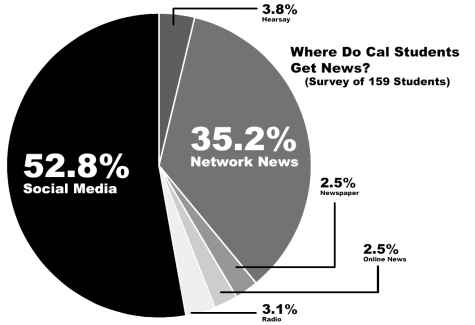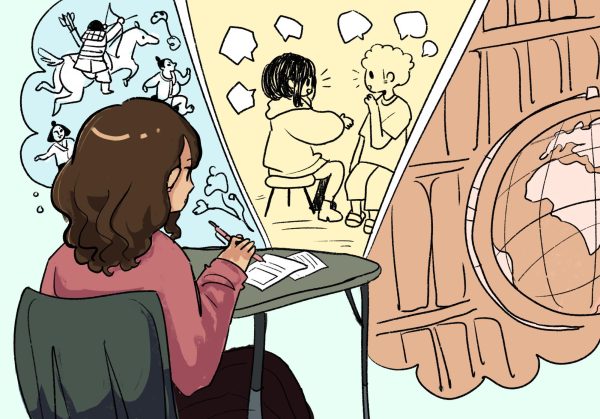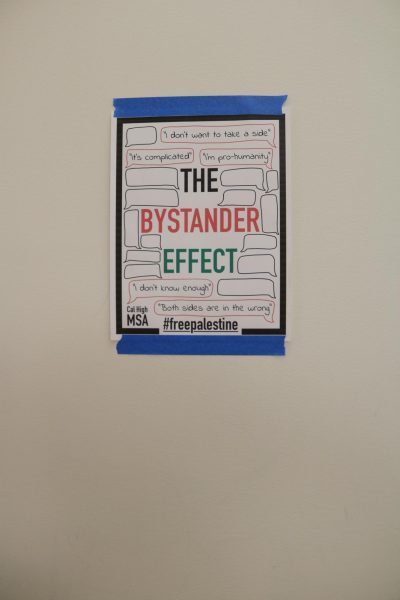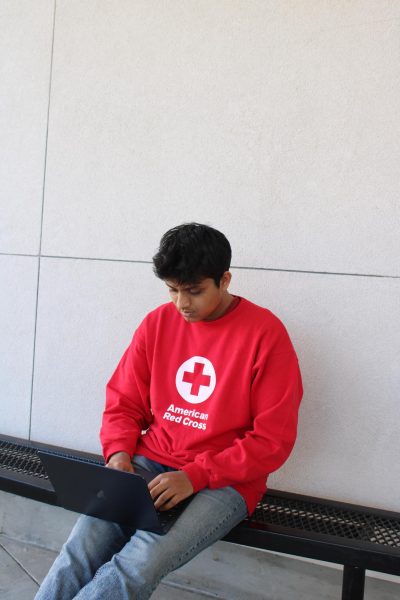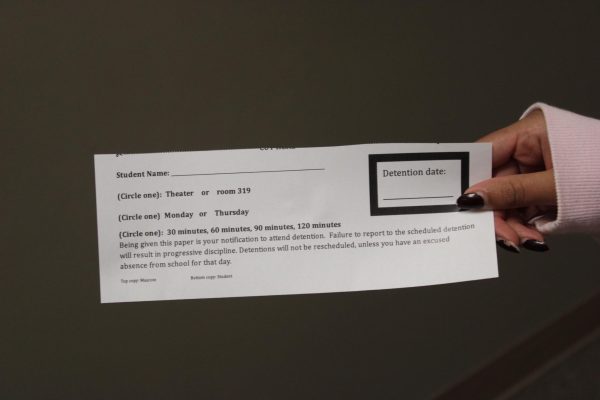News sources shown to be partial
Bias in reporting caters to different political views, shapes coverage
It can be hard to find a fair and objective news source these days. Many news organizations possess biases, or tendencies for their stories and coverage to lean either more liberal or more conservative.
One way to determine if a source is biased is to check its stories for “loaded language,” or words that are emotionally charged. These words shape the article a certain way by reaching the audience members’ feelings, which can gain their support or get them to change their minds.
Here’s a breakdown on some popular news sources and where their affiliations lie.
Fox News
Fox News is a predominantly conservative news source. The articles and stories that Fox News publishes can be seen to heavily favor the conservative point of view.
An article referring to the National Education Association on Fox News Insider is titled “Organization Urges Teachers, Students to Skip School and Protest Trump.” But the piece says that the organization “. . .support[s] students’ right to rally and voice their concerns.”
This shows Fox News’ use of the word “urges” tries to put the organization in a negative light.
According to a 2014 survey conducted by Pew Research Center, 72 percent of mostly-conservatives and 88 percent of consistently-conservative viewers trust Fox News, as opposed to the 6 percent of consistently-liberals and 28 percent of mostly-liberals that trust Fox.
Another survey conducted in January 2017 by Pew Research Center reveals that 40 percent of people who voted for Donald J. Trump identified Fox News as their main news source for the election. Experts suspect the 40 percent could actually be slightly lower.
Dan Cassino who teaches at Fairleigh Dickinson University says, “It is certainly the case that watching Fox News is a political marker. People who want to say, ‘I’m a good Republican’ say, ‘I watch Fox News.’”
In contrast, CNN, which held the largest percentage in regards to being the main source of news for Hillary Clinton voters had less than 20 percent.
CNN
CNN is known to be a left-leaning news channel. This has been especially the case during the 2016 presidential election, as certain headlines of the network’s political news stories used emotionally charged words.
A CNN article by political reporter Maeve Reston is titled “Trump’s EPA pick took hands-off approach to environmental crisis that shook Oklahoma.”
The “crisis that shook Oklahoma” is a loaded way of stating what the focus of the story is, which is later revealed to be the state’s continuing earthquake problem.
Readers don’t know what the context of the article is at first glance because the intensity of “crisis” could refer to many problems. This puts Trump’s EPA pick in a worse position than it would if the earthquakes were initially included in the headline.
In a survey conducted by Pew Research Center, 18 percent of Clinton voters used CNN as their main source of news during the 2016 election, making CNN the left-wing channel with the highest amount of support. CNN has acknowledged their left-leaning bias in an interview with the The Wall Street Journal.
“I think it was a legitimate criticism of CNN that it was a little too liberal,” admitted CNN president Jeff Zucker, noting the network is making efforts to change this bias. “We have added many more middle-of-the-road conservative voices to an already strong stable of liberal voices.”
NPR
NPR is also left leaning. Researchers at Duke University analyzed politicians’ Twitter accounts to see who they follow and who follows them, and made a graph of conservative to liberal. NPR’s Twitter show it to be liberal, but not at the very far left of the spectrum.
NPR’s bias is evident in some articles covering Trump, such as the article titled “How Trump Criminalized 11 Million with a Stroke of His Pen.”
The focus of this article is Trump’s immigration policy, which isn’t stated in the headline “Criminalized” paired with “11 Million” creates shock. This action being completed as easy as “a stroke of his pen” exaggerates the effortlessness of the actions Trump would have to complete in order to pass the policy.
NPR has addressed the accusations of their biases.
“I think that NPR’s biases are not to be found in what it broadcasts (although its programs are not entirely without their slants, implications and suggestions and listeners are always quick to point them out),” NPR’s ombudsman Jeffrey A. Dvorkin said. “But in what it doesn’t broadcast.”
BBC
BBC is known to be an objective source of news. Some of BBC’s headlines include loaded language, but many do not.
One article published by the British news organization is titled “Airbnb Offers Free Housing to Those Hit by Trump’s Travel Ban”. The word “hit” caters to those against the Trump ban, as it captures the shock and damage the ban has created for many people.
A word like “affected” would be more neutral, and a better fit for a broader audience.
Another article is titled “US Anti-abortion Activists Rally in DC.” This is a neutral headline as it simply sums up an event without any emotionally charged language.
The variety of headlines isn’t enough to label BBC as having a strong bias as viewers with different political beliefs continue to trust this source of news.
According to a study conducted by Pew Research Center, BBC is trusted more than distrusted by consistently liberals, mostly-liberals, mostly-conservatives, and viewers with mixed ideologies.. The constantly conservative viewers trust this source just as much as they distrust it.
But 60 percent of those who get news from the BBC reportedly lean left.
NBC
NBC is a source of news that has mixed ideologies. According to Pew Research Study, the channel represents the general public, but doesn’t represent conservatives as much as it does liberals.
NBC’s headlines do not typically use loaded language.
The NBC headline “Trump Signs Order Suspending Admission of Syrian Refugees” informs readers on what exactly is happening using facts without any emotional words.
NBC is trusted more amongst liberals and those with mixed views than conservatives, according to a Pew study.
Students at Cal High get their news from a variety of these sources.
“I usually go online and search up like CNN” said sophomore Jeffrey Shen. “ Or I go on social media and check out the accounts and what’s going on.”
When asked where he gets his news, senior Logan Agawa said “Fox News, because it’s conservative.”
Other students stick to watching local news.
“I get my news from KTVU Channel 2 News,” said junior Ryan Dove. “I trust local news networks compared to national news, and I definitely would never use social media as a source of any accuracy at all.”
